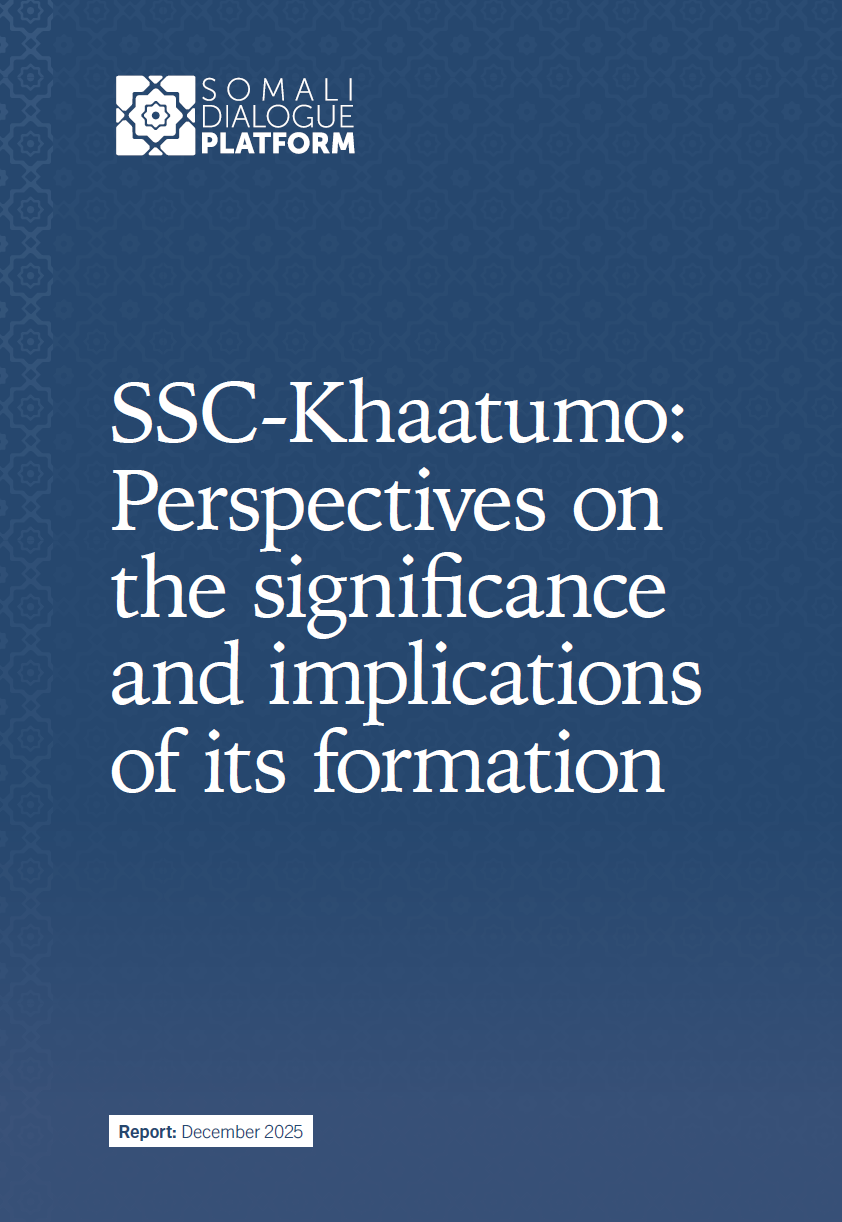Summary
The RVI Sudan Abductee Database is the outcome of an eighteen-month field investigation into abduction during the civil war in South Sudan. The research was designed to create a useable record of persons missing, abducted, enslaved and/or killed in Northern Bahr-el-Ghazal during raids on Dinka, Luo and Fertit communities by Murahaliin tribal militias from the onset of the war in 1983 until 2002 when abduction from Northern Bahr-el-Ghazal effectively ceased.
Historical Background
In the 1980s and 1990s the inhabitants of northern Bahr al-Ghazal in South Sudan were subject to large-scale abduction and subsequent enslavement at the hands of armed parties of Murahaliin— horseback militia groups drawn largely from the Rizeigat or Misseria Humr tribal groups in the north. These groups mounted periodic raids on villages and cattle camps in northern Bahr al-Ghazal, stealing livestock, burning dwellings, destroying grain stores and abducting men, women and children, returning with their captives to Darfur and Kordofan.
Abductees were held captive by individuals in Baggara areas and compelled to work herding livestock or cultivating fields or as domestic servants. Women were frequently kept in forced concubinage. Some enslaved southerners escaped and returned home; a significant number were finally repatriated after the Comprehensive Peace Agreement of 2005. An unknown number remains in captivity.
The Database
The research was carried out between 2001 and 2003 in Northern Bahr-el-Ghazal state and Warrab state and in neighbouring parts of Abyei district. During most of the period of the research the SPLA/M controlled the rural areas of Northern Bahr-el-Ghazal and Warrab and the part of Abyei district that lies south of the River Kiir (Bahr-el-Arab). The Sudan Government controlled the garrison towns of Wau, Gogrial and Aweil in Bahr-el-Ghazal, with a number of stations along the railway that runs from Babanusa to Wau, and the northern part of Abyei district (including Abyei town).
The field research was conducted by forty-five locally recruited Sudanese researchers, trained and supervised in the field by the RVI. Researchers conducted structured, questionnaire-based interviews with executive chiefs, with sub-chiefs and gol-leaders, and with relatives of missing people. The RVI researchers followed the structure of the kin-based, patrilineal administrative system in order to establish a systematic account of the historical incidence of raiding and abduction and record the identities of missing persons.
Rather than elicit numerical estimates, researchers recorded the full names and identifying details of individual abductees. This made it possible to establish, for the first time, a baseline of fact in an area previously characterised by speculation and controversy. The ongoing conflict put limitations on the research. The database recorded only people abducted from SPLA areas, plus some from the Government-controlled area of Abyei. It did not include Southerners abducted or killed in the North, i.e. within Government-controlled areas. And it did not include those abducted or killed within the formerly Government-controlled towns of Bahr-el-Ghazal, notably Wau. Nor, with some exceptions, did it record abductions before the outbreak of war in 1983. Finally, certain parts of the SPLA-controlled area, particularly those along the railway that runs between Babanusa and Wau, were under-represented. Researchers had limited access to these places because of hostilities during the main phase of field research.
The completed questionnaires were taken to Nairobi, Kenya and the information entered into the abductee database by Southern Sudanese staff working with a Kenyan IT trainer. Further software development was carried out in London by Halcrow Ltd [LINK]. Where possible, the database was verified against information collected by other agencies, notably agencies that assisted former abductees.
Credits
The Abduction and Slavery Project was conceived and implemented by the Rift Valley Institute. The field research was directed by John Ryle, Jok Madut Jok and Fergus Boyle. Support in the field was provided by Save The Children Fund (SC-UK), the International Rescue Committee (IRC), the Bahr-el-Ghazal Youth Association (BYDA) and the Dinka Chiefs’ Committee. The project was funded by the Open Society Institute, the J.M.Kaplan Fund and the UK Department for International Development (DFID)
The following field researchers worked on the project: Peter Ngor Arol Garang; Thomas Yel Deng Nguel; Simon Dut Kuol Gai; Joseph Manot Mareng; John Akot Majok Dut; David Deng Deng Akuei; Geng Diing Geng; Emmanuel Amet Ayii Akol; Paulino Manut Tong Bol; Paulino Anyaang Chol Jok; Mark Athian Malong Athian; Daniel Deng Ayom Ayom; Abraham Wol Malueth Deng; Peter Garang Poul Mou; Gabriel Malong Diing; Joseph Baak Abuok; Kuol Hal Kuol; Santino Garang Akot; Santino Diing Diing Deng; Victor Dau Deng; William Makuei Geng; Abraham Garang Jong; Abraham Garang Jeluel; Philip Chol Mawien; John Akoon Akoon Mawengdit; Daniel Mabior Dut Malith; Angui Geng Geng Akot; David Puot Alic Ngong; Barnaba Garang Deng Akec; Makuc Makuc Ngong; Marko Manut Mathiang; Dut Liai Deng; Madit Abol Salva; Ambrose Wol Alew; Simon Manyuon Akok Anhany; Peter Riak Angok Riak; Zakaria Athuai Chol Makuac; Aguek Majok Del; Santino Makuer Ayuel Madut; Donato Dot Ador Wek; Achuil Atem Deng; John Pawol Makuac; Bagat Malual Bagat; Jama Nyok Akoc; Mangok Zakaria Atem Peyien;
Brown Kanyangi designed the database and supervised data entry in Kenya. Jackson Garang Ajou, Nickson Madic Kuek, Santino Ring Ring and Malong Lwal Diing were responsible for entering the data. Pete Johnson of Halcrow Ltd supervised software development in London.



